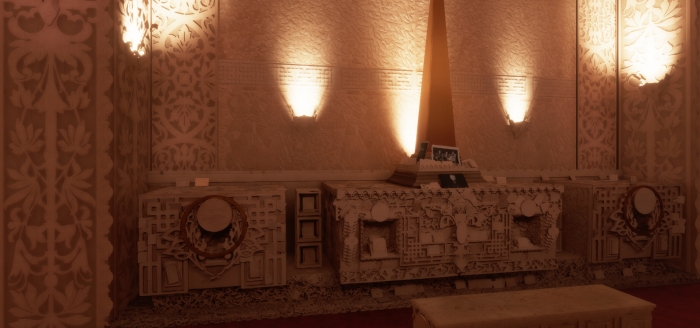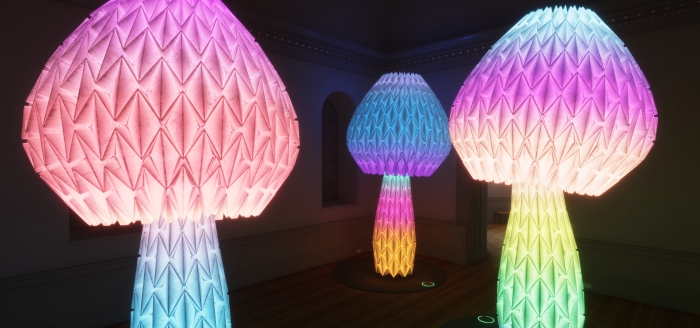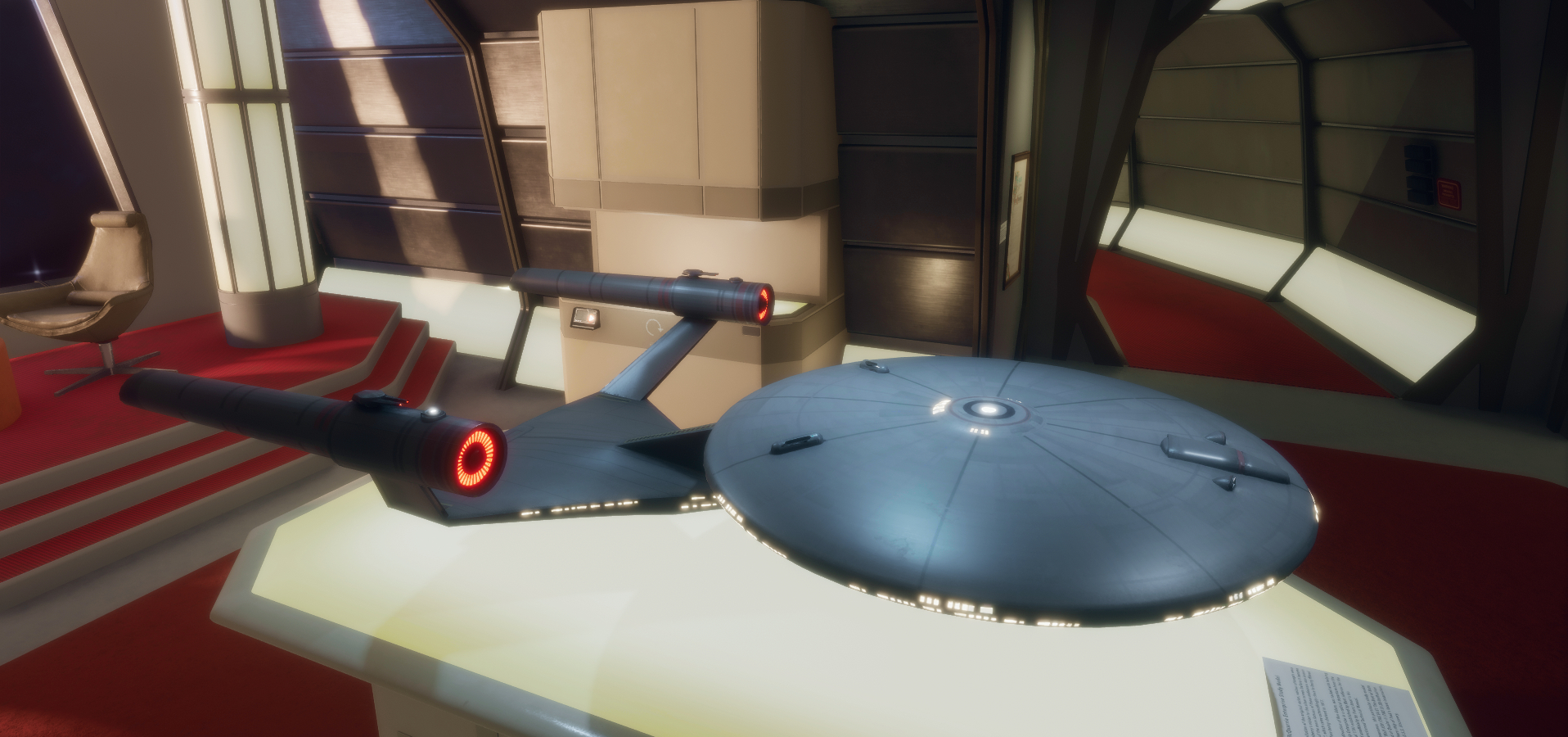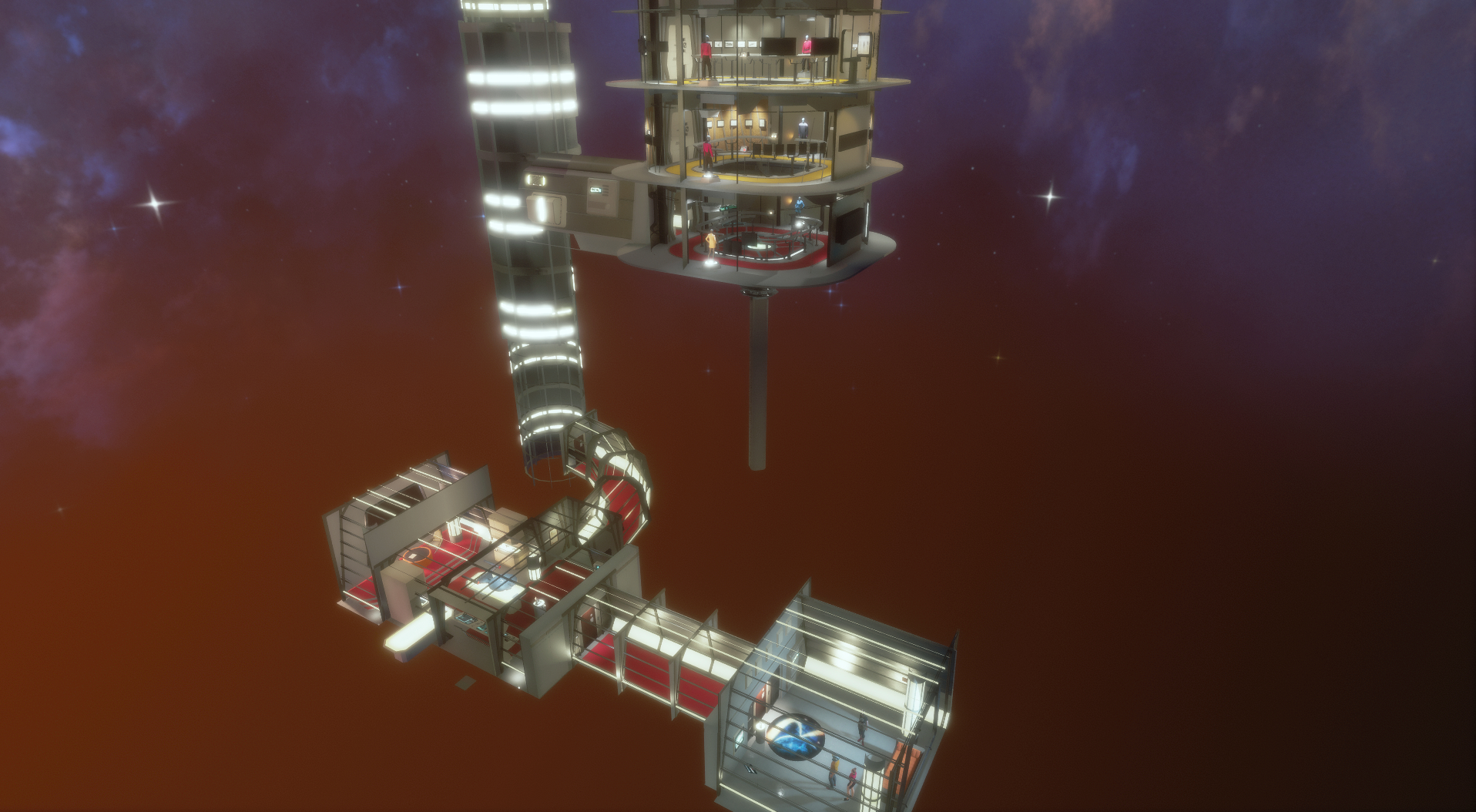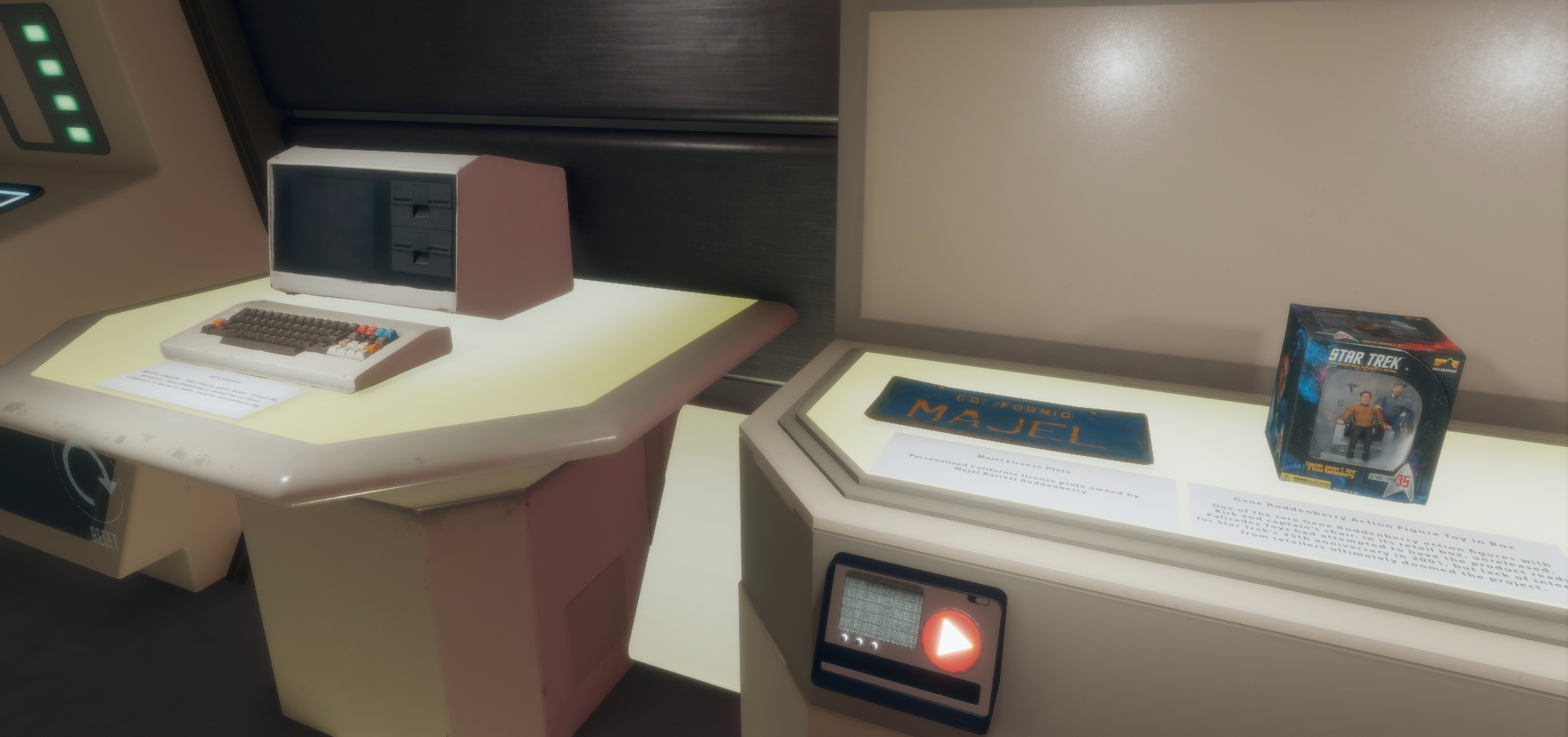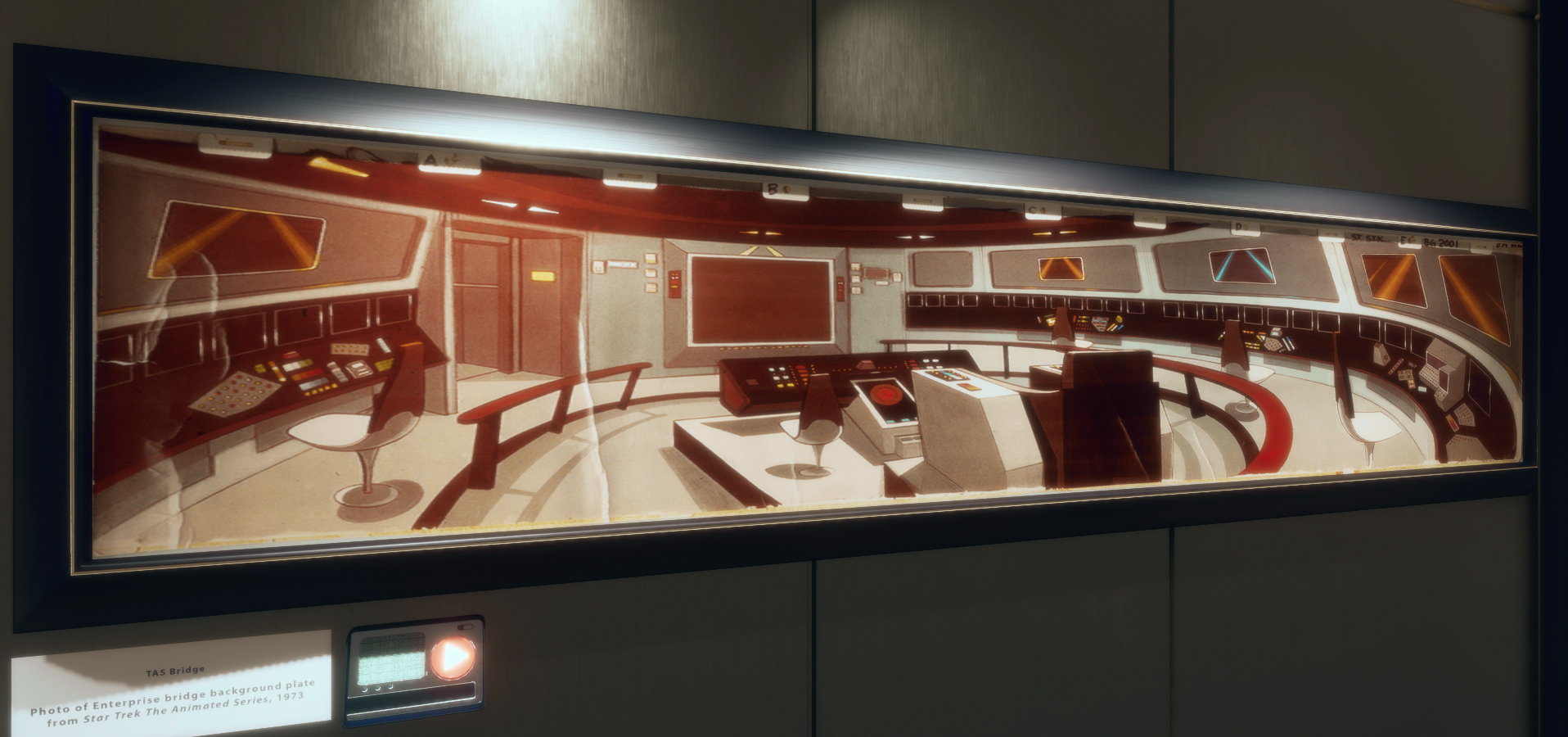
In July 2015, I wrote at length about Pfaffenthal 1867, a 5-region role-play environment and historical project accurately recreating the City of Luxembourg, circa 1867, and founded by Second Life resident Hauptmann Weydert (Weydert), also known as Pit Vinandy in the physical world.
At the time of my 2015 article, Weydert / Pit and his team were very much focused on the immersive opportunities presented by their environment. Thanks to the fledging work Linden Lab carried out in trying to bring Oculus Rift compatibility to Second Life, Pfaffenthal 1867 was at that time featured as an exhibit hosted by the Luxembourg City History Museum, which gave visitors the opportunity to visit and explore the virtual recreation of Luxembourg using the Oculus Rift or via desktop.

In this, the exhibition was part of a broader outreach by the group, with Pit also hosting workshops on virtual environments involving the general public and schools, in association with the Fortress Museum in Luxembourg and the Luxembourg National Museum of History and Art.
I mention all of this because at the start of November, 2018, I dropped into a new experience in Sansar. Called simply 1867, it is the work of Pit and his team, working under the VR Creative banner, presenting both the next step in Pfaffenthal 1867’s development and an opportunity to renew and further the work in presenting immersive, educational historical recreations to the public.
It’s an ambitious project – possibly the most ambitious experience yet attempted on Sansar. The aim is to make full use of Sansar’s massive 4km on a side virtual space and offer a fully immersive historical environment for both social and educational use, with high-resolution topographical maps being used to build-out the experience in stages.

Despite being in the early stages of development – many of the buildings that have been placed are little more than blocks awaiting surface detail (or complete replacement) – 1867 is already being promoted to the people of Luxembourg.
Since the start of November, for example, the project has been the focus of a series of weekday sessions at the Forum Geesseknäppchen, a campus occupied by a number of academic institutions in Luxembourg City. As reported by one of the city’s daily newspapers, the Lëtzebuerger Journal, the sessions are intended to encourage local interest in, and potential involvement with, the project, and will continue through until December 14th, 2018.
“We clearly see this as a collaborative project that is about to gradually create this world of 1867,” Vinandy emphasises. Therefore, he expects a strong participation as soon as the project is publicly available. In addition, he hopes for a lively participation of home owners and companies who want to see their part of the city represented.
– Virtual Time Travel, Lëtzebuerger Journal, November 2nd, 2018

In this, 1867 doesn’t sound that different from the public outreach undertaken with Pfaffenthal 1867, however, the opportunity to present richer, more immersive educational opportunities as well as a social VR experience is very much the driving force behind the Sansar development, again as the Lëtzebuerger Journal notes:
Vinandy sees particular interest for students, students and historians who can fully immerse themselves in the past “For example, we want to specifically invite teaching staff to take their school classes on a journey through time,” he says.
– Virtual Time Travel, Lëtzebuerger Journal, November 2nd, 2018

In order to focus on the project – and as revealed by Jo Yardley in a tweet while I was working on an earlier draft of this article (one pending an opportunity to chat directly with Pit about both 1867 in Sansar and the wider work of VR Creative) – Pfaffenthal 1867 is to be shut down in its entirety from Monday, November 26th, 2018.
This news has been greeted with some surprise, given that Sansar itself has yet to gain lot of capabilities needed for it to become a more rounded immersive experience – such as richly interactive non-player characters or working forms of transport such as trains, horses that can be ridden and boats, all of which would certainly enrich a setting like 1867. However, these will come in time, and it is going to take time to properly build-out 1867. As such, I doubt the lack of such capabilities or the lack of period clothing are really issues for the project’s development – although the lack of them could initially discourage Second Life users who have engaged in Pfaffenthal 1867 from dipping more than a toe into Sansar and 1867.
What might be of greater concern is how well such a vast setting loads at the client end as it starts to be fleshed-out to the level of detail found in Pfaffenthal 1867 in Second Life. With some quite modest experiences in Sansar already being quite hefty in download size and load time, something on the scale of 4km on a side could prove to be a significant challenge unless Linden Lab have some clever means of more pro-active steaming and loading / caching still to come.
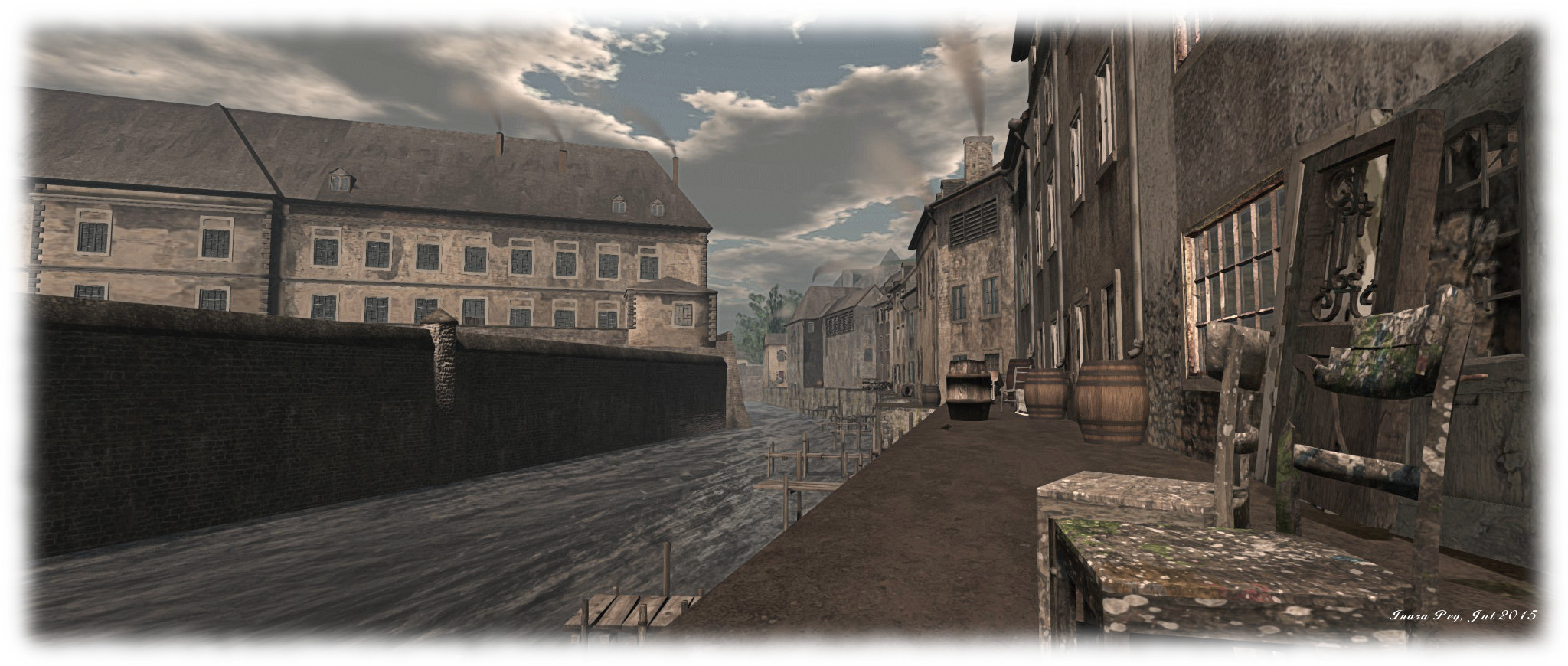
But, time will tell on that. In the meantime, if you have enjoyed previous visits to Pfaffenthal 1867 and would like to say farewell before it vanishes, can do so between now and Monday, November 26th, 2018. For those in the Second Life 1867 group, and who missed the in-world announcement, there will be a farewell party on Saturday, November 24th, starting at 10:00 SLT, at Café Neuen.
I’ll also hopefully have more on the 1867 project in Sansar as the work progresses, including the outcome of that conversation with Pit.
SLurls and Additional Links
- Second Life:
- The Virtual Pfaffenthal (Rated: General)
- Fort Thüngen (Rated: General)
- 1867 in Sansar
- 1867 Group on Facebook
- Virtual Time Travel, Lëtzebuerger Journal, November 2nd, 2018 (Luxembourgish)

